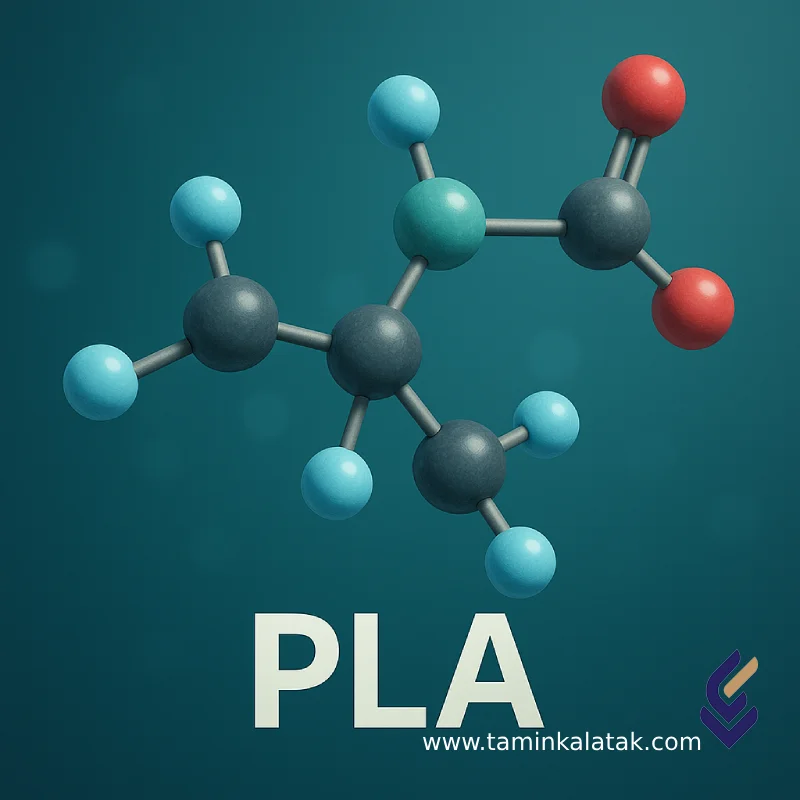Polylactic Acid (PLA) is a biodegradable and bio-based polymer produced from natural resources such as corn starch, sugarcane, or tapioca roots. It belongs to the polyester family and is one of the most popular biopolymers used in packaging, medical, and consumer product industries.
Due to its favorable mechanical properties and biodegradability, PLA has gained a prominent position among alternatives to conventional plastics.
Structure of Polylactic Acid (PLA)
PLA is synthesized from the monomer lactide, which is obtained through the fermentation of plant-derived sugars such as dextrose. The polymer is then produced via a ring-opening polymerization process.
PLA has a linear molecular structure composed of repeating lactic acid units, chemically similar to polyesters. This structure provides moderate mechanical stability and enables biodegradability.
Properties of PLA
-
Biodegradable under industrial composting conditions
-
Derived from renewable plant-based sources
-
Non-toxic and safe for human use (suitable for medical applications)
-
High transparency and attractive appearance
-
Low density and lightweight
-
Excellent processability in injection molding and 3D printing
-
Acceptable mechanical strength
Applications of Polylactic Acid
-
Food packaging (containers, bottles)
-
3D printing (printer filaments)
-
Production of disposable medical components (sutures, drug-delivery scaffolds)
-
Agricultural films and biodegradable packaging
-
Household, automotive, and bio-based wearable products
-
Cosmetic and personal care industries (packaging for creams and lotions)
Disadvantages of PLA
-
Low heat resistance (low softening temperature)
-
More brittle than conventional plastics
-
Requires specific conditions for biodegradation (industrial composting)
-
Relatively higher production cost compared to petrochemical polymers
-
Limited chemical resistance
Advantages of PLA
-
Fully biodegradable and environmentally friendly
-
Reduces dependence on fossil resources
-
Decreases greenhouse gas emissions during production
-
Safe for contact with food and the human body
-
Compatible with a wide range of industrial processing technologies







